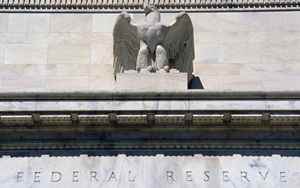(Ticker) – “Almost all” the FOMC members “agreed on the desirability of increase the target range for the federal funds rate by 25 basis points” at the last meeting. This is what we read in the minutes of the meeting of the Federal Open Market Committee which was held on January 31 and February 1. On that occasion, the Federal Reserve body decided to raise interest rates by 25 basis points (bp) to 4.50-4.75%.
“Many of these participants noted that further slowing the pace of rate hikes would allow them to better assess the progress of the economy towards the Committee’s goals of maximum employment and price stability, as they determine the extent of future policy tightening that will be necessary to achieve a sufficiently restrictive stance to meet these goals,” the document reads.
“Some participants” instead they said they were in favor of a rate hike by 50 basis points. They underlined that “a higher increase would bring the target range closer to the levels they believe would allow a sufficiently restrictive approach to be reached more quickly”.
In discussing the monetary policy outlook, with inflation still well above the Committee’s 2% target and the labor market still very tight, “all participants continued to anticipate that continued increases of the target range”. Furthermore, they noted that it would be “necessary to maintain a restrictive political orientation until incoming data provides certainty that inflation is on a downward path”, which “will likely take some time”.
Turning to consumer prices, the meeting participants noted that inflation data for the past three months “showed a welcome reduction in the monthly pace of price increases, but stressed that they would be substantially more evidence is needed of progress in a wider range of prices to be confident that inflation is on a sustained downward path“.
The FOMC members noted that the uncertainty associated with their outlook for economic activity, the labor market and inflation was “elevatedOn upside risks to inflation, participants cited a variety of factors, including the possibility that price pressures could prove more persistent than expected due, for example, to the labor market remaining stretched longer than expected.
